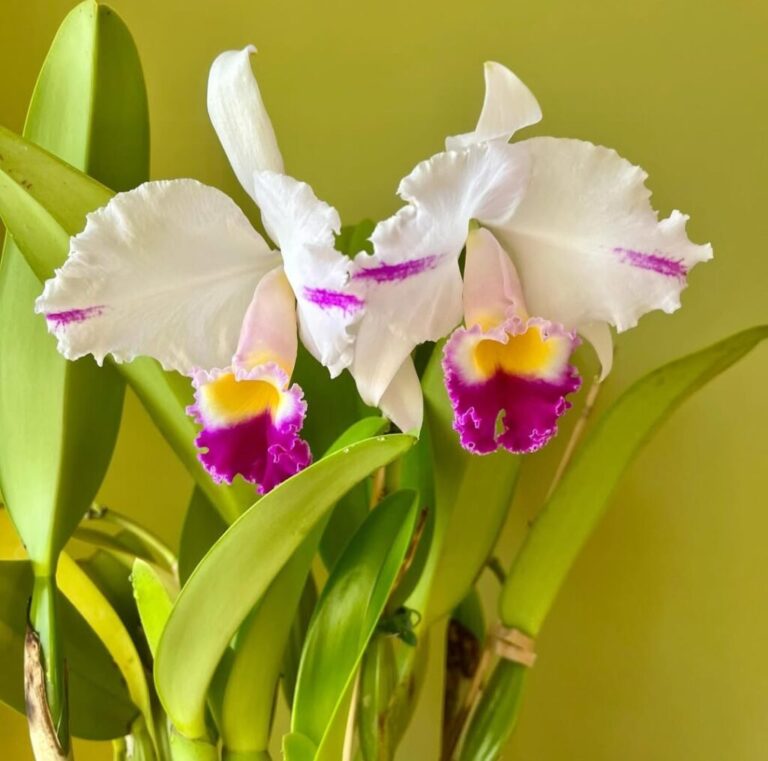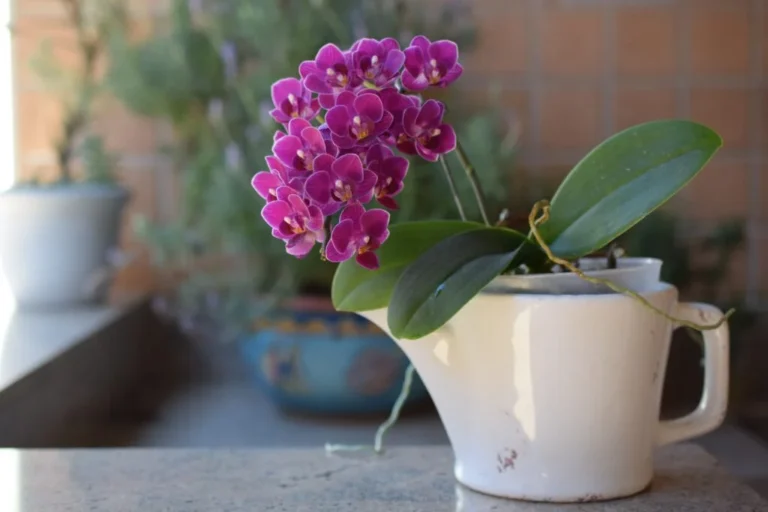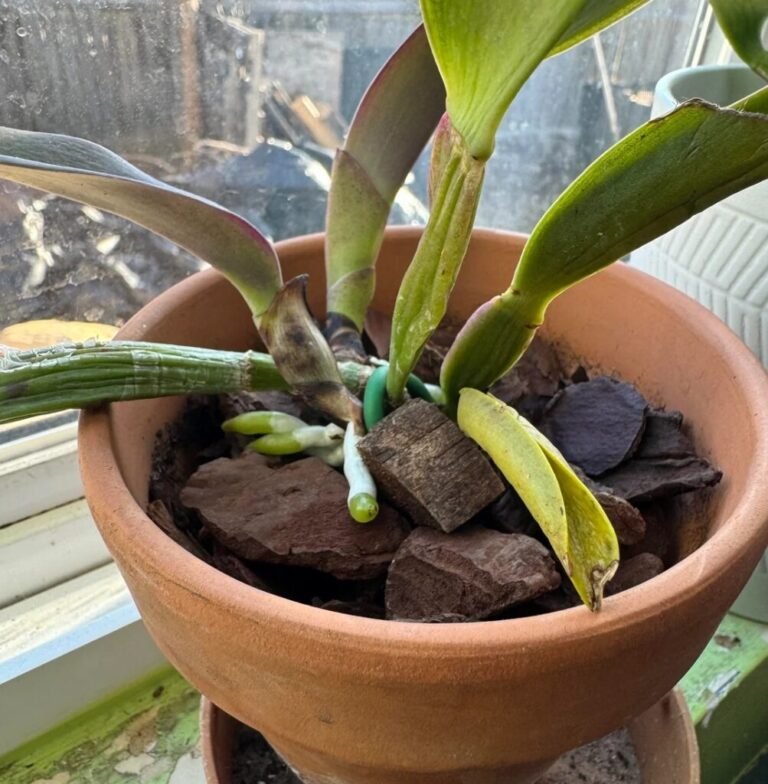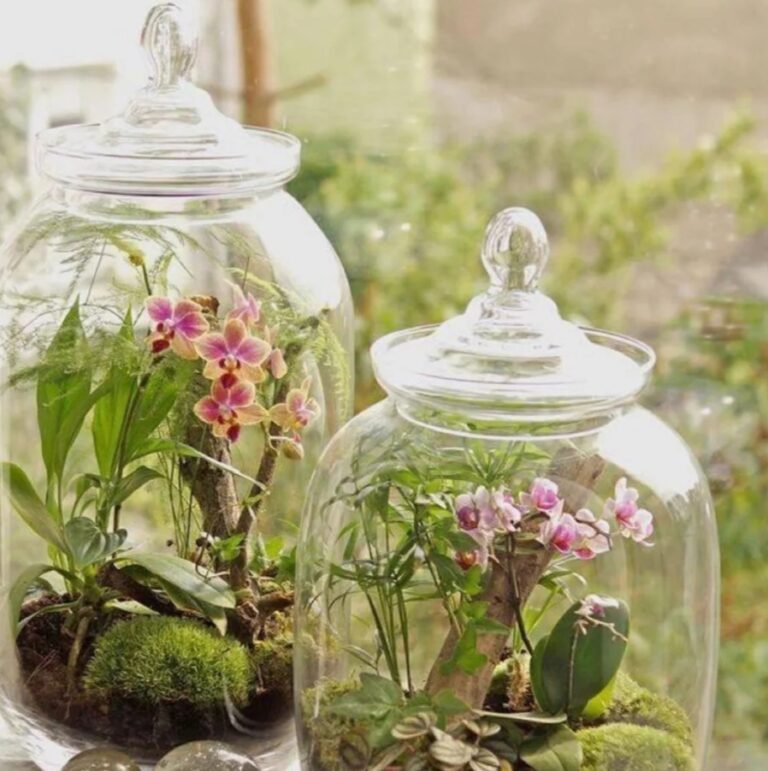The Blush Philodendron is a stunning, low-maintenance houseplant that has gained immense popularity among plant enthusiasts. Its unique foliage, featuring beautiful heart-shaped leaves with a pinkish blush, makes it an eye-catching addition to any indoor garden. However, many people struggle with maintaining its health due to misinformation or lack of proper care knowledge.
This tropical beauty requires specific care to thrive, and failing to provide the right conditions can lead to various issues such as root rot, leggy growth, or pest infestations. But don’t worry—this comprehensive guide will equip you with expert-backed tips and solutions that will ensure your Blush Philodendron stays lush and vibrant.

- 1 Understanding Blush Philodendron
- 2 Tip 1: Select the Proper Potting Mix
- 3 Light Requirements for Optimal Growth
- 4 Tip 2: Place Your Plant in an East or North-Facing Window
- 5 Problem: Leggy Growth and Faded Leaves
- 6 Watering: The Secret to Lush Foliage
- 7 Tip 3: Use the Soak-and-Dry Method
- 8 Problem: Yellowing Leaves Due to Overwatering
- 9 Humidity and Temperature Needs
- 10 Tip 4: Increase Humidity with a Pebble Tray or Humidifier
- 11 Problem: Dry, Brown Leaf Tips
- 12 Fertilizing for Vibrant Growth
- 13 Tip 5: Use a Balanced Liquid Fertilizer
- 14 Problem: Stunted Growth and Pale Leaves
- 15 Pruning and Maintenance
- 16 Tip 6: Trim Leggy Stems to Promote Fullness
- 17 Repotting Your Blush Philodendron
- 18 Tip 7: Repot Every Two Years
- 19 Problem: Roots Growing Out of Drainage Holes
- 20 Tip 8: Inspect Leaves Regularly
- 21 Propagation: Expanding Your Collection
- 22 Tip 9: Use Water Propagation for Best Results
- 23 Tip 10: Observe Your Plant for Early Warning Signs
- 24 FAQS
Understanding Blush Philodendron
Blush Philodendron belongs to the Araceae family and originates from the warm, humid rainforests of South America. This plant is well-adapted to indoor environments, provided it receives the right balance of light, water, humidity, and nutrients. Understanding its specific needs is essential for successful growth.
One of the biggest mistakes beginners make is treating this plant like a common houseplant without considering its natural habitat. In the wild, it grows under the dappled sunlight of tall rainforest trees, absorbing moisture from the air and thriving in well-draining soil. Mimicking these conditions in your home will help it flourish.
Tip 1: Select the Proper Potting Mix
A well-draining potting mix is essential for your Blush Philodendron. The ideal mix consists of peat moss, perlite, and orchid bark to ensure proper aeration and moisture retention. Avoid using dense garden soil as it can suffocate the roots and lead to rot.
Problem: Poor Drainage Causes Root Rot
Root rot is a major issue for Blush Philodendron owners. It occurs when roots sit in waterlogged soil, leading to fungal infections and decay.
Solution: Ensure your pot has drainage holes and use a lightweight, well-draining mix. Root Rot Is Caused by Poor Drainage
Light Requirements for Optimal Growth
Blush Philodendron thrives in bright, indirect light. While it can tolerate low-light conditions, insufficient light can cause leggy growth and dull foliage. Conversely, direct sunlight can scorch the leaves, leading to brown patches and dehydration.
Tip 2: Place Your Plant in an East or North-Facing Window
This location will provide the right balance of light without causing stress to the plant.Think about utilising a grow lamp to augment natural light if it’s not enough.
Problem: Leggy Growth and Faded Leaves
If your Blush Philodendron appears stretched out and its leaves are losing their vibrancy, it’s a sign of inadequate light.
Solution: Move it closer to a bright window, but ensure it’s not exposed to direct sunlight for extended periods. To encourage uniform growth, rotate the plant every few weeks.
Watering: The Secret to Lush Foliage
Proper watering is critical to maintaining a healthy Blush Philodendron. Drooping stems, root rot, and yellowing foliage can result from either overwatering or underwatering.
Tip 3: Use the Soak-and-Dry Method
Water thoroughly until excess water drains out of the pot, then wait until the top two inches of soil are dry before watering again.
Problem: Yellowing Leaves Due to Overwatering
Excess moisture in the soil can cause the leaves to turn yellow and eventually drop off.
Solution: Reduce watering frequency and ensure the soil is well-aerated. Trim any afflicted roots and repot the plant in new soil if root rot has established.
Humidity and Temperature Needs
Blush Philodendron loves humidity levels of 50% or higher. Dry indoor air, especially in winter, can cause the leaves to develop crispy edges.
Tip 4: Increase Humidity with a Pebble Tray or Humidifier
Place a tray filled with water and pebbles under the pot or use a humidifier to maintain optimal humidity levels.
Problem: Dry, Brown Leaf Tips
Dry leaf tips indicate a lack of humidity, which can make the plant look unhealthy and stressed.
Solution: Mist your plant occasionally, or group it with other plants to create a microclimate of higher humidity.
Fertilizing for Vibrant Growth
Blush Philodendron benefits from regular feeding during the growing season (spring and summer). Proper fertilization ensures lush foliage and strong stems.
Tip 5: Use a Balanced Liquid Fertilizer
Feed your plant once a month with a diluted liquid fertilizer to promote healthy growth.
Problem: Stunted Growth and Pale Leaves
Lack of nutrients can result in weak, pale leaves that grow slower than usual.
Solution: Use a balanced fertilizer and ensure your plant is receiving enough light for nutrient absorption.
Pruning and Maintenance
Regular pruning helps maintain a bushy shape and removes any damaged or yellowing leaves.
Tip 6: Trim Leggy Stems to Promote Fullness
Use sterilized scissors to prune elongated stems, allowing the plant to focus energy on new growth.
Repotting Your Blush Philodendron
As your plant grows, it will eventually outgrow its pot, which can lead to root-bound conditions.
Tip 7: Repot Every Two Years
To provide space for development and to replenish the soil, use a pot that is one size bigger.
Problem: Roots Growing Out of Drainage Holes
This indicates unequivocally that your plant requires additional room.
Solution: Repot the plant in new soil after carefully removing it.
Typical Pests and How to Remove Them
Spider mites, aphids, and mealybugs are common pests that attack Blush Philodendron.
Tip 8: Inspect Leaves Regularly
Check under leaves and stems for pests and wipe them off with neem oil or insecticidal soap.
Propagation: Expanding Your Collection
Blush Philodendron can be easily propagated through stem cuttings, making it simple to expand your collection.
Tip 9: Use Water Propagation for Best Results
Cuttings should be placed in water until roots form before being moved to soil.
Troubleshooting Growth Issues
Tip 10: Observe Your Plant for Early Warning Signs
Discoloration, drooping, or spots on leaves indicate specific problems that should be addressed promptly.
Time Table for Blush Philodendron Care
| Task | Frequency |
|---|---|
| Watering | When top 2 inches of soil are dry |
| Fertilizing | Once a month (Spring & Summer) |
| Pruning | As needed to remove leggy growth |
| Repotting | Every 2 years |
| Pest Check | Weekly |
| Misting | 2-3 times a week if humidity is low |
By following these expert-backed tips, you can keep your Blush Philodendron thriving for years to come. Adjust care based on seasonal changes and closely observe your plant’s needs to ensure it remains healthy and vibrant.
FAQS
How often should I water this plant?
Water when the top inch of soil feels dry. Avoid overwatering, as it can lead to root rot.
Does it need a lot of sunlight?
It prefers bright, indirect light. Too much direct sun can scorch the leaves, while too little can slow growth.
What type of soil works best?
A well-draining potting mix with peat, perlite, and orchid bark is ideal. This helps prevent water from sitting around the roots.
How do I encourage bushier growth?
Regular pruning and pinching back leggy stems can help promote fuller, bushier growth.
Can it grow in low light?
Yes, but it will grow slower and may develop longer, more stretched-out stems in search of light
Is it safe for pets?
No, it contains calcium oxalate crystals, which can be toxic to pets if ingested.
How do I fix yellowing leaves?
Check for overwatering, poor drainage, or low humidity. Adjusting these factors can help prevent further yellowing.
Should I mist it?
It enjoys humidity, but misting alone isn’t enough. Use a pebble tray or a humidifier for best results.









